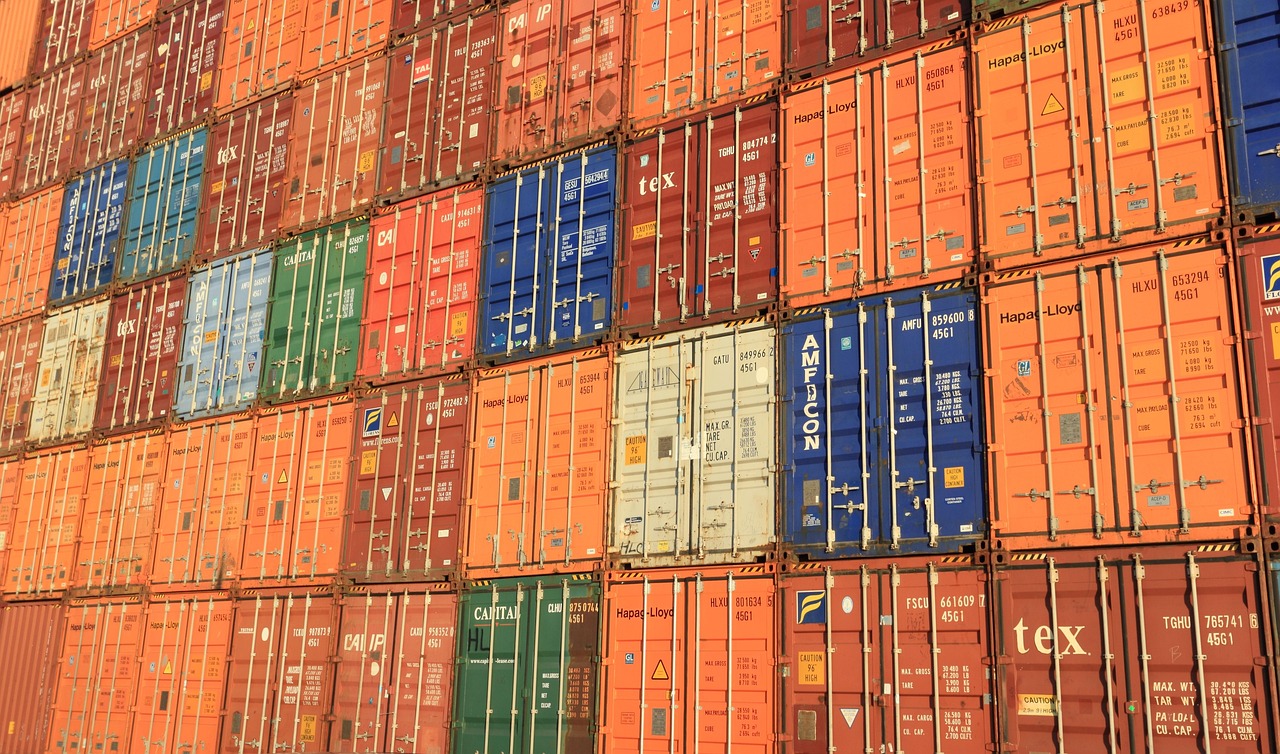Trapped in the Dealer Network
Many manufacturers rely on a network of dealers to distribute their products. These dealers are tasked with gaining access to customers, handling sales transactions, and providing necessary on-site services.
This strategy can make sense for both regional customer service and international business for a variety of reasons:
1. Established Market Presence
Selected distributors are already present in the market and bring an existing customer base. Your product can complement the dealer’s existing portfolio, saving the manufacturer from embarking on a lengthy, resource-intensive direct sales journey. This allows the manufacturer to benefit from the dealer’s market knowledge.
2. Existing Logistics Capabilities
Distributors often have the necessary infrastructure — such as warehouses and vehicle fleets — enabling them to deliver in bulk. Distribution is then managed regionally and according to demand.
3. Ability to Serve Small Customers
Dealers are usually well positioned to handle smaller-scale customers (C-level clients), which for the manufacturer would be disproportionately costly to manage directly.
4. Specialised Expertise
Dealers may possess technical know-how that helps position the product effectively and support it with related services. This is especially true in sectors such as agricultural machinery and livestock breeding.
In the international arena, additional reasons for using dealers include navigating customs requirements, overcoming language barriers, managing currency and financing issues, and adapting to local buyer behaviour — where customers often prefer purchasing from local companies.
The Constant Dilemma
Manufacturers must continually assess whether it might be better to enter the market directly, hire a local sales team, or even establish a branch office. When does it make sense? When does it not? Where are the risks?
Dealers think along similar lines. If sales volumes are weak, they risk losing the business. If sales are too strong, the manufacturer may be tempted to bypass them altogether.
Dealers therefore need to present themselves as competent partners who can deliver on the manufacturer’s growth objectives with minimal effort from the manufacturer’s side, while at the same time protecting their own business interests — without acting as gatekeepers. This is a delicate balancing act that often comes with real anxiety. With the rise of e-commerce, many have seen their role bypassed entirely. The phrase “cut the middleman” might sound trendy in business circles, but in practice, it can destabilise established dealer relationships. As a result, dealers are often cautious when it comes to transparency.
Manufacturers face their own challenges — combining limited market knowledge with concerns about losing control. Many are uncertain whether to treat dealers as customers or as quasi-employees. Questions arise: What performance requirements can be set? What sanctions will be effective? How can the business be protected? And perhaps most awkward of all: how can one end a dealer relationship when it is no longer viable?
A Three-Stage Filter for Dealer Partnerships
To provide greater security for both parties in a distributorship, we propose a simple filter that helps bring clarity and confidence.
Filter Stage 1: Exclusivity
If exclusivity is to be granted — for example, via territorial rights or specific customer groups — it must be mutual. A dealer wishing to sell a product exclusively should not be permitted to offer competing products in the same category. While this sounds obvious, in practice it can be contentious. Dealers often prefer to offer their customers a choice of quality levels or price points.
Our stance:
No mutual exclusivity? Then bypass the dealer. Your product is not there to simply “round out” the dealer’s portfolio.
Filter Stage 2: Performance Targets
You have objectives — to achieve certain sales and profitability in a defined market. You know the potential of the market the dealer is serving. What formal agreement is in place with the dealer to meet those targets?
Our stance:
Apply the 80/20 rule. The dealer should, under their own steam, deliver 80% of the attainable results, with the remaining 20% supported by the manufacturer. The overall target remains 100%.
Filter Stage 3: Responsibility
Once commercial conditions are clear, the focus should shift to sustainability and ethical business practices.
Occupational safety, environmental stewardship, sound professional practice, and financial integrity throughout the supply chain are not “soft” factors. They are business-critical. There is no room in modern agribusiness for grey areas, compromise, or turning a blind eye.
In the international context, this can be challenging. Standards regarding corruption, labour rights, and product quality vary widely. There is little value in maintaining strong corporate ethics if they do not extend to the customer interface.
Our stance:
Take the time to work with your dealer to establish a shared understanding of responsibility. Certification can help, but it is no substitute for honest, judgement-free dialogue on equal terms.
Final Thought
Dealer networks are neither inherently good nor bad — but they are complex. Both sides must actively protect their own interests while fostering a partnership that is transparent, mutually beneficial, and sustainable.
Recommended Reading
- “Distribution Channels: Understanding and Managing Channels to Market” – Julian Dent
- “Strategic Channel Management” – Julian Dent & Michael White
- “The Art of Partnering” – Mark Sochan
- “Channel Sales and Management in Distribution” – Robert Hastings
- “The Trusted Advisor” – David H. Maister, Charles H. Green & Robert M. Galford
